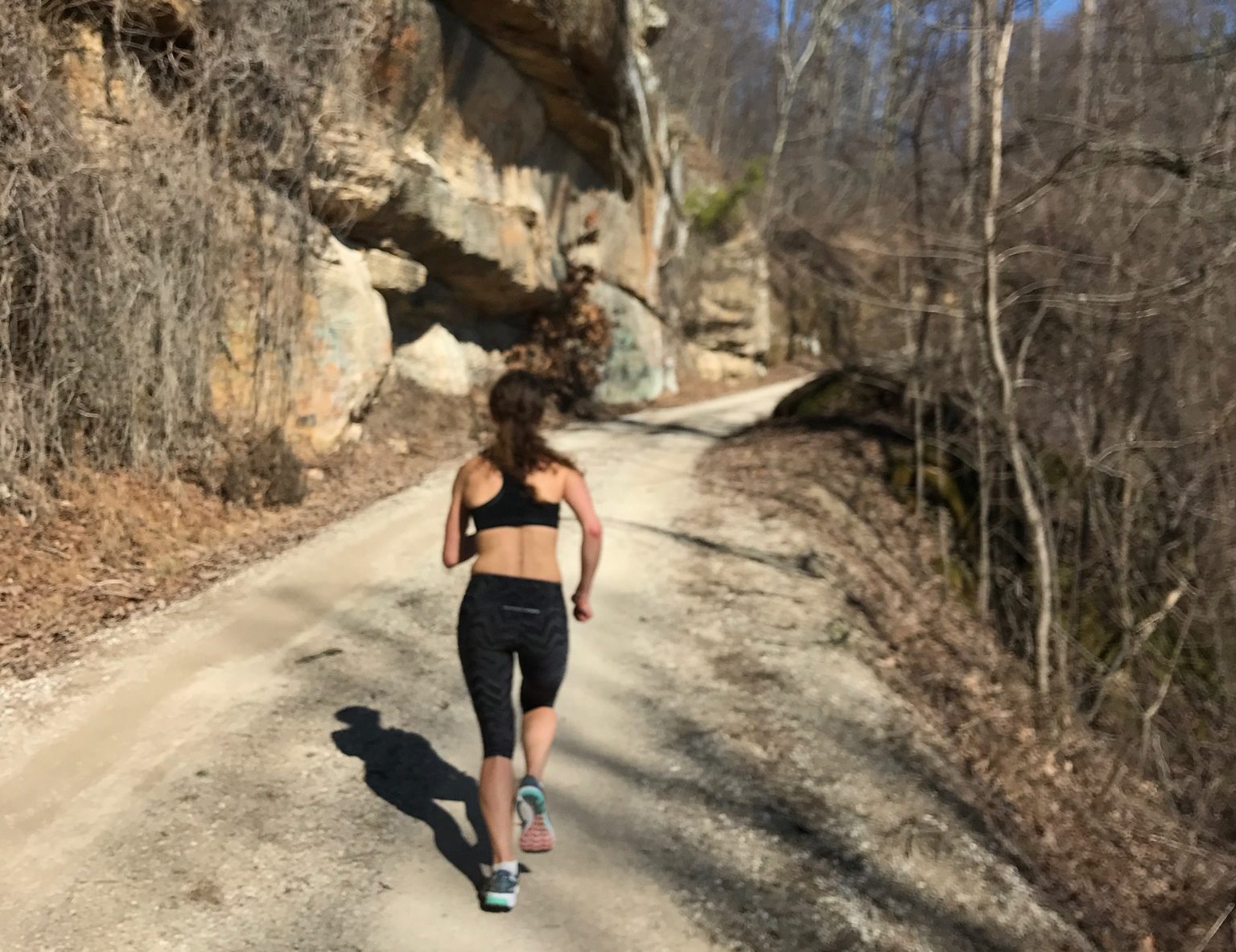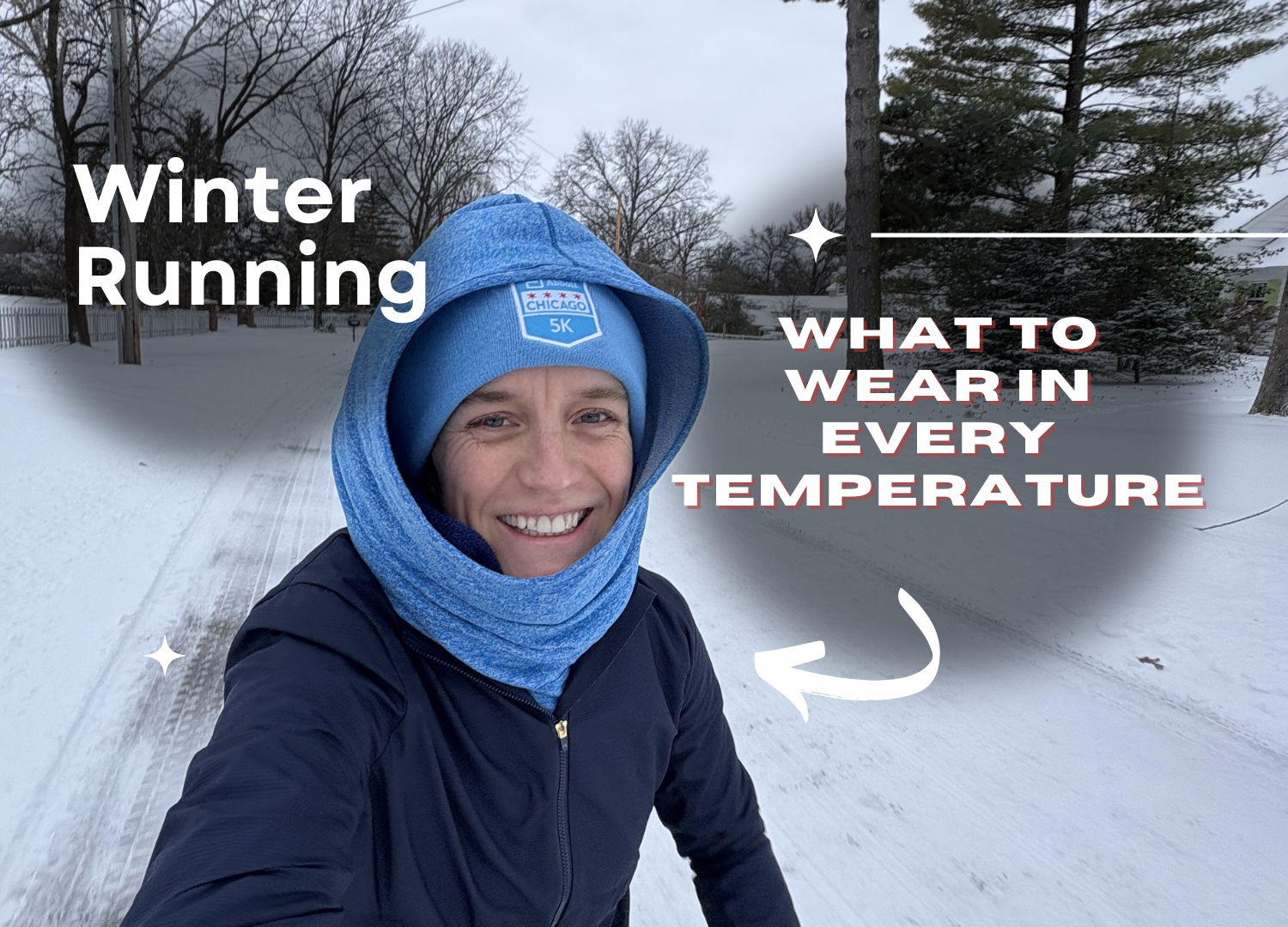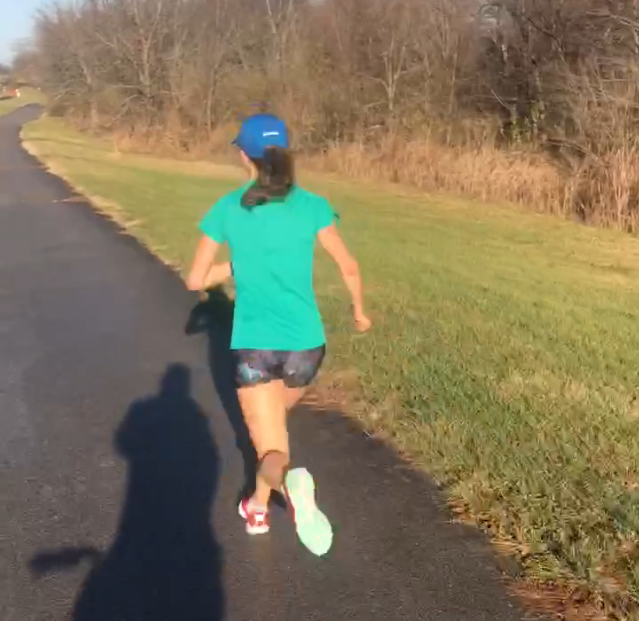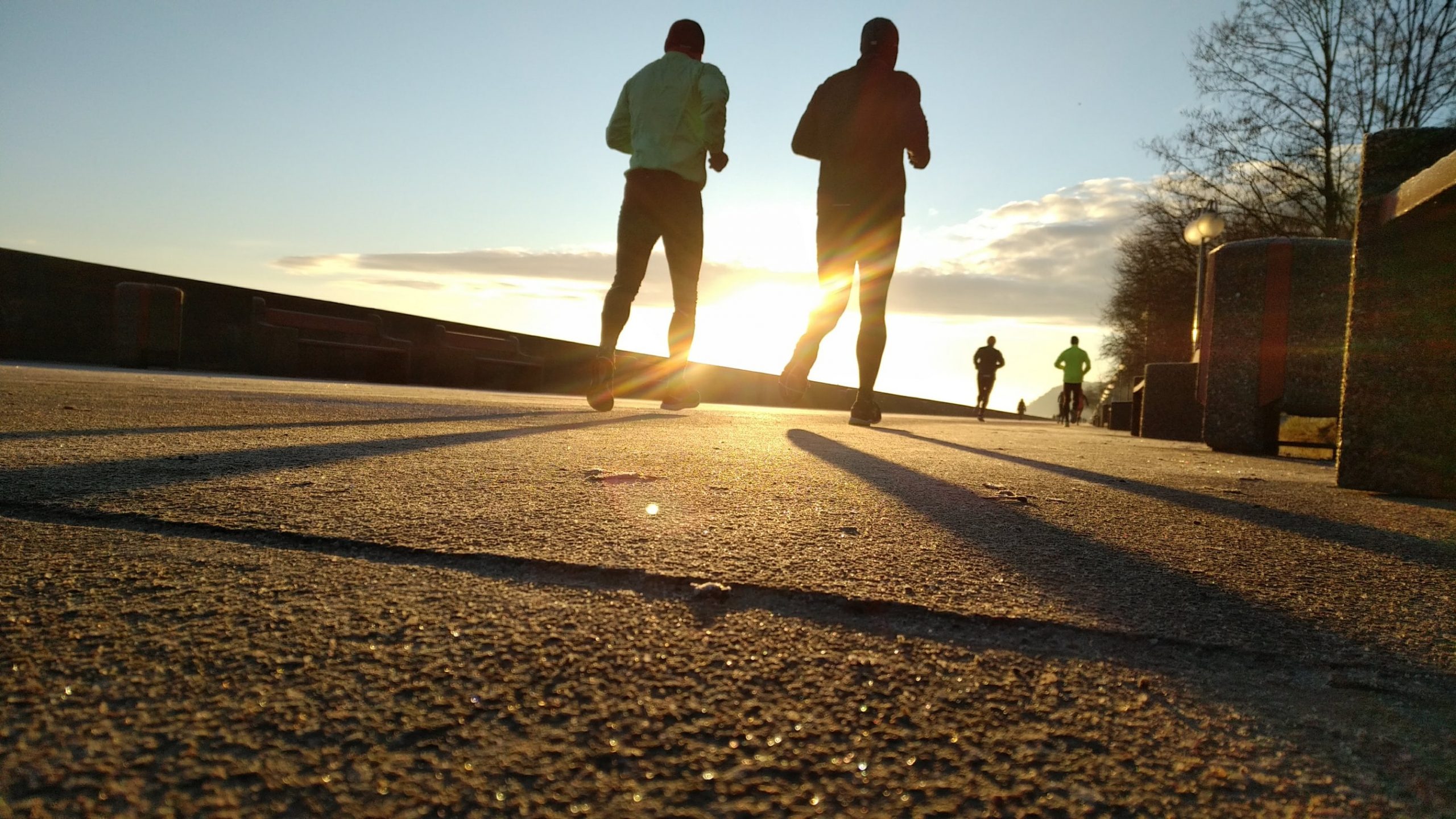It doesn’t matter if you are returning to running after an injury or getting back into shape after time off, no matter what way you look at it, running is so hard to stay positive when you feel unfit.
We know in theory that everyone goes through this, but it doesn’t help in that moment when you are feeling depressed after an injury, and the world seems to be having a lot of fun out there doing what they love, and you feel that guilt for not enjoying the one thing you wanted to do.
Unfortunately, there is not a set amount of time for how long it takes to get running fit, but today I thought I would share with you one of the workouts I truly believe helps speed up getting back into shape.
Hills.
The best part about hill repeats and hilly runs?
It doesn’t matter what level, ability, or fitness you are at, running up a hill is going to be hard, and when that hill finally turns to flat ground, you WILL be out of breath.
You know how you always wonder when running is going to get easier?
It doesn’t.
This is the same.
Hills never end up easy, and that is why they are perfect for runners of any level and fitness at any point in training, but especially for those who are returning to running after time off or injury.
Hill Running Benefits
One of my favorite things….okay, so maybe not favorite things, but lets say, one of the most effective things about hills is the ability to give you a tough workout without dragging it out. Hills are more intense than running on flat ground, so you can get a good workout in, without spending hours out there.
Which in itself is another benefit, the minimal time needed to run a hill workout. If you are really busy, and don’t have time for a longer workout, by running short, sharp hills, you can get as tough of a workout in with 10-20 mins of hills as you can with a 30-60 minute longer workout.
The best part about running hills?
There are no paces, all you need to do is run hard (or as hard as you need to go to be able to complete the workout), so the comparison game is less of an issue here. Of course you can always compare to previous times you ran up the hill, but I would strongly encourage you to make hill workouts one of those workouts you hide the GPS or watch and just focus on doing your best.
Hills build strength and power, which provides a good base for runners to improve upon, and if you are returning to running, you can minimize the impact from pounding as hills will slow you down overall.
Hill Grades: Steep Hill Sprints vs. Mountain Running Up a Long Gradual Hill
When it comes to the workouts themselves, you can have unlimited options, depending on what is available around you. This is part of the fun, as you can experiment with whatever is easiest and best for your situation.
One thing that should be noted, you want a hill that takes you at least 30 seconds to run up. There are definitely some benefits to explosive hill sprints of around 10 seconds, but that is not what this post is about, this is about building strength and fitness.
I would look for hills with a minimum of 200m up. There really is no end point to how long they could be.
If you live on a mountain and have 6 miles of straight uphill, that will be a great place to use. Try running up the hill for 2-3 miles continuously. This will probably mean you end up running SLOWER than your recovery pace overall, but that is okay, I can bet you will be breathing hard and getting a good workout in.
Be careful though:
This is the kind of workout you ned to be especially careful with not starting too fast.
For example, one of the workouts we do does involve running up a mountain, and I will run 1.2 miles, 1.2 miles, 2 miles of continuous uphill with around 3 minutes rest in between. This is a killer workout, but I end up running about the same speed I would run my easy days, because it is such a long, intense progression.
If you live in a city with lots of hills. This is where it can get fun. Find an area that has minimal traffic and/or crossings, choose a set time (I would suggest 20 minutes to start with), and then just run the “course” you have chosen. Run about 80% of your max up the hills, and jog as slow as you possibly can on the downhills (I mean barely faster than a walk!).
If you live in a city with a longer hill of 400m-1 mile, play around with the distance. Run all the way up to the top, and then work your way back down, turning around at random intervals and running back up. Sometimes your hills can be 2-3 minutes with 30 seconds recovery, other times you can run 30 seconds as hard as you can, followed by 2-3 minutes rest. Play with it as much as you like and have some fun.
If you need structure:
Steve suggested that if this is your hill option of choice, start with running all the way back up, then jog 1/4 way back down, run all the way up, jog 1/2 way down, run all the way up, jog 3/4 way down, run all the way up, and then repeat as many times as you need.
You can also do it the other way, where you start running 1/4 way up, then 1/2 way, then 3/4, then all the way, but I find psychologically it is easier to handle it doing the longest one first.
If you have one short steep hill of 100-300m, use that hill for repeats. Run up it hard, and jog down easy. This one is not going to build the base I talked about earlier, so if you have another option, might be better to consider that instead.
Steve and I created a sheet with 8 sample workouts, plus tips for how to make the most of the hills you have available. I put a sign up sheet at the end of this post, so make sure you grab that, as Steve doesn’t give out specific workouts too often 😉
Hill Running Tips
Warm up first and cool down afterwards. As hill running is aggressive to your muscles and joints, you want to make sure you have completed a dynamic warm up, and a warm up jog/run first, before you even attempt to run them. Afterwards, your body will need time to bring itself back to normal, so this is just as important.
Be VERY careful with the first half of your workout. Hills are notoriously easy to go too hard, and in which case, you may find yourself unable to finish the workout as you are literally out of energy, and have destroyed your legs.
And yes, I have done that far too many times to count, so I know from experience! Treat the first few repeats or minutes as just a regular run. You will still end up breathing hard, but you shouldn’t be trying to push up the hill, instead just run it as if you were running any other day.
After you are about 1/2 way through the workout, you can begin to push a little more, but gradually, be careful not to fight the hill too much, or you will hit that same wall you did if you went off too fast and be unable to finish.
It is up to you whether you do this on soft surfaces like grass or on cement. Regardless of which surface you use, make sure you are doing your very best to prevent overstriding, and this article explains good hill running techniques to make sure you do this.
If you are going to be running these in a rural area, watch out for dogs. Steve and I know where the dogs are along our courses, and Steve will drive to those areas to make sure if a dog comes out, they go after him instead of me.
If you live in a city, watch out for traffic and cars. Hills really take it out of you, and you will end up feeling exhausted pretty quickly, meaning your attention and reaction time may slow. Be careful that you are not risking your safety by being too focused on the hill. Try to pick an area that is as quiet and rural as possible.
Why Hill Running is the One Workout I Use Every Training Cycle
One of the good things about having a coach, is that my workouts are designed for me, and they are constantly changing to suit the weaknesses we need to work on, while simultaneously using my strengths to my advantage. that means every season I have varying workouts, but hills are the one session we will do at least twice every season, without fail.
Steve and I have two hill workouts we use in Lexington, but for as long as he has coached me, we have done some variation of this.
The first is the workout I mentioned above; 1.2 miles uphill hard, 3 mins easy, 1.2 miles uphill hard, 3 mins easy, 2 miles uphill hard. This is the one I actually did last week, and it inspired me to write this post for you. It is very effective, and we like that it brings things back to basics, as it doesn’t matter how fast I run up it, all that matters is getting a good workout in, and taking a step towards fitness.
Last week I was feeling really tired, even on the warm up, I could tell that my legs were exhausted. Any other workout, and I would have had a major panic, as I would know I would be running slower than I wanted to, BUT with hills, all you can focus on is reaching the top. Keeping your eyes on the crest or top of the hill, knowing you just have to get there. It makes you focus on the right aspect of training; doing your best for that day, and that is all that matters.
The second workout we like to use is a 5k of rolling hills, similar to the hills I mentioned in my second workout option above. We start at the lowest point of a road, and run to the top. This is not one straight hill, there are varying distances of hills along this course. I run the uphills hard, and then the downhills are significantly slower than my recovery run pace (keep in mind that downhill gives you momentum), so take them VERY easy.
This one can be really fun, as you get to kind of play around in the hills.
And that my friends, is it, I think!
I know I have shared a lot of information here, so that is why I have created a handy little cheatsheet for you to print off, with all the major points I discussed today, but in a concise format….becasue everyone knows I can ramble.
What hills do you have near you?












